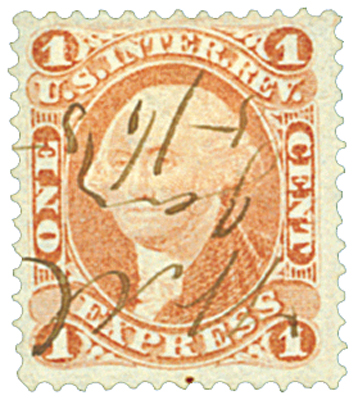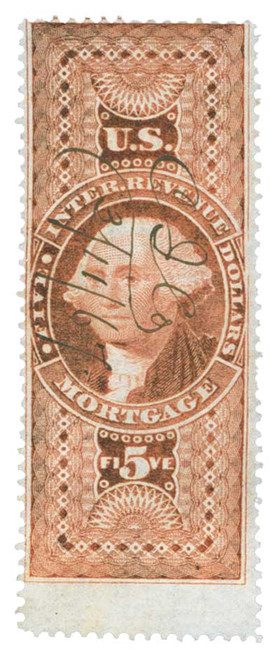
# R100 - 1862-71 $25 US Internal Revenue Stamp -mortgage, old paper, red
U.S. Revenue Stamps Expand Your Collection
or Start a New One
The Revenue Act Of 1862

On July 1, 1862, President Abraham Lincoln signed the Revenue Act of 1862 into law, to help fund the Civil War.
In 1861, the federal government faced a financial crisis. By June of that year, eleven Southern states had seceded and the Civil War broke out. In addition to the cost of funding a major conflict, the federal government also lost tariff revenue it had collected on goods imported by the South.
Confederate victories at Fort Sumter and the First Battle of Bull Run signaled a protracted war, and it was soon
U.S. Revenue Stamps Expand Your Collection
or Start a New One
The Revenue Act Of 1862

On July 1, 1862, President Abraham Lincoln signed the Revenue Act of 1862 into law, to help fund the Civil War.
In 1861, the federal government faced a financial crisis. By June of that year, eleven Southern states had seceded and the Civil War broke out. In addition to the cost of funding a major conflict, the federal government also lost tariff revenue it had collected on goods imported by the South.
Confederate victories at Fort Sumter and the First Battle of Bull Run signaled a protracted war, and it was soon












